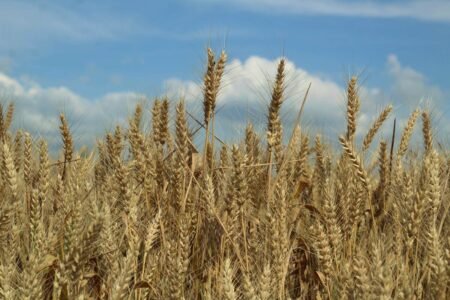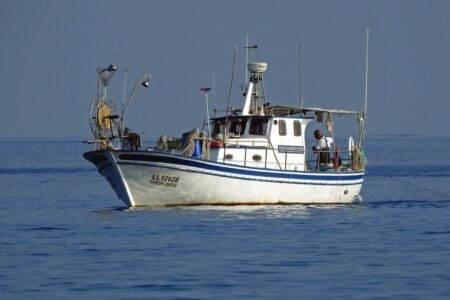Coordinated EU-wide testing for horse meat DNA and phenylbutazone, requested, and co-financed, by the European Commission in the wake of the horse meat scandal, reveal that less than 5 % of the tested products had horse DNA and that about 0.5 % of the equine carcasses tested were found to be contaminated with bute.
Advertisement
Results
The purpose of coordinated testing plan was two-fold: firstly, controls were to be carried out, mainly at retail level, of food destined for the end consumer and marketed as containing beef, to detect the presence of unlabelled horse meat and secondly, to test for the possible presence of bute in horsemeat. The testing was co-financed at 75% by the European Commission
The number of tests that were carried out to detect the extent of the mislabelling varied between 10-150 samples depending on the size of the EU country and on consumption habits. The criteria for the bute sampling carried out were one sample for every 50 tonnes of horsemeat with a minimum of 5 tests. Some Member States exceeded the number of tests recommended by the Commission.
7,259 tests were carried out by the competent authorities in the 27 EU countries, of which 4,144 tested for the presence of horsemeat DNA and 3,115 tested for the presence of phenylbutazone. Of those tests, 193 revealed positive traces of horsemeat DNA (4.66%) and 16 showed positive traces of bute (0.51%). In addition, Member States reported another 7,951 tests for the presence of horsemeat DNA performed by food business operators (producers, processors and distributors). Of these, 110 contained horse meat DNA (1.38%). The positive samples found in relation to horsemeat DNA combined with the very low levels of bute detected represents a small part of the overall production in EU. These results correspond with the joint statement published by the European Food Safety Authority (EFSA) and the European Medicines Agency (EMA) on 15 April 2013 which concluded that the risks associated to bute were of “low concern for consumers due to the low likelihood of exposure and the overall low likelihood of toxic effects and that, on a given day, the probability of a consumer being both susceptible to developing aplastic anaemia and being exposed to phenylbutazone was estimated to range approximately from 2 in a trillion to 1 in 100 million.”
The results have been exchanged through the EU’s Rapid Alert for Food and Feed (RASFF) which is an on-line portal that plays a key role in ensuring a high level of food safety for EU citizens since it allows European food safety authorities to swiftly inform each other of serious risks found in relation to food or feed.
Next steps
Following today’s presentation of these results to Member States experts, the European Commission and Member State experts will again meet on 19 April to discuss amongst other issues whether this EU coordinated monitoring plan on controls, agreed on 19 February 2013, to investigate fraudulent practices and to enhance consumer confidence following the recent mislabelling of beef products containing horse meat should be extended.
A forthcoming Commission proposal reviewing the EU food chain legislative framework (the “animal and plant health package”) which includes proposals to strengthen official controls as well as providing a legal basis to impose dissuasive financial sanctions on food fraudsters are amongst the proposals, which should take into account the financial gain made out of such fraud.
Background
With tests costing in the region of 400 each, an estimated total of 2.5 M was needed to carry out this pan-European monitoring control plan performed by the competent national authorities.
These tests form an important source of information for the comprehensive five point action plan, the Commission recently addressed to Member State national authorities which is to be carried out over the short, medium and longer term (2013-2014). The action plan aims to restore consumer confidence in Europe’s food supply chain by strengthening an array of controls through a series of measures falling under five key areas: 1) Food fraud; 2) Testing program; 3) Horse passport; 4) Official controls and penalties and 5) Origin labelling.
Further information including a breakdown of results by Member State
Note
Phenylbutazone, commonly referred to as “bute” is an anti-inflammatory drug used as a painkiller in veterinary medicine for pets and horses that have been explicitly excluded from the food chain. It also has a use in human medicine in the treatment of severe cases of chronic inflammatory diseases.







